Our oceans are in distress
Plastic pollution is degrading our oceans at an alarming rate. Whilst coastal organisms that help filter and clean our waterways have had their once vibrant habitats replaced with artificial seawalls.
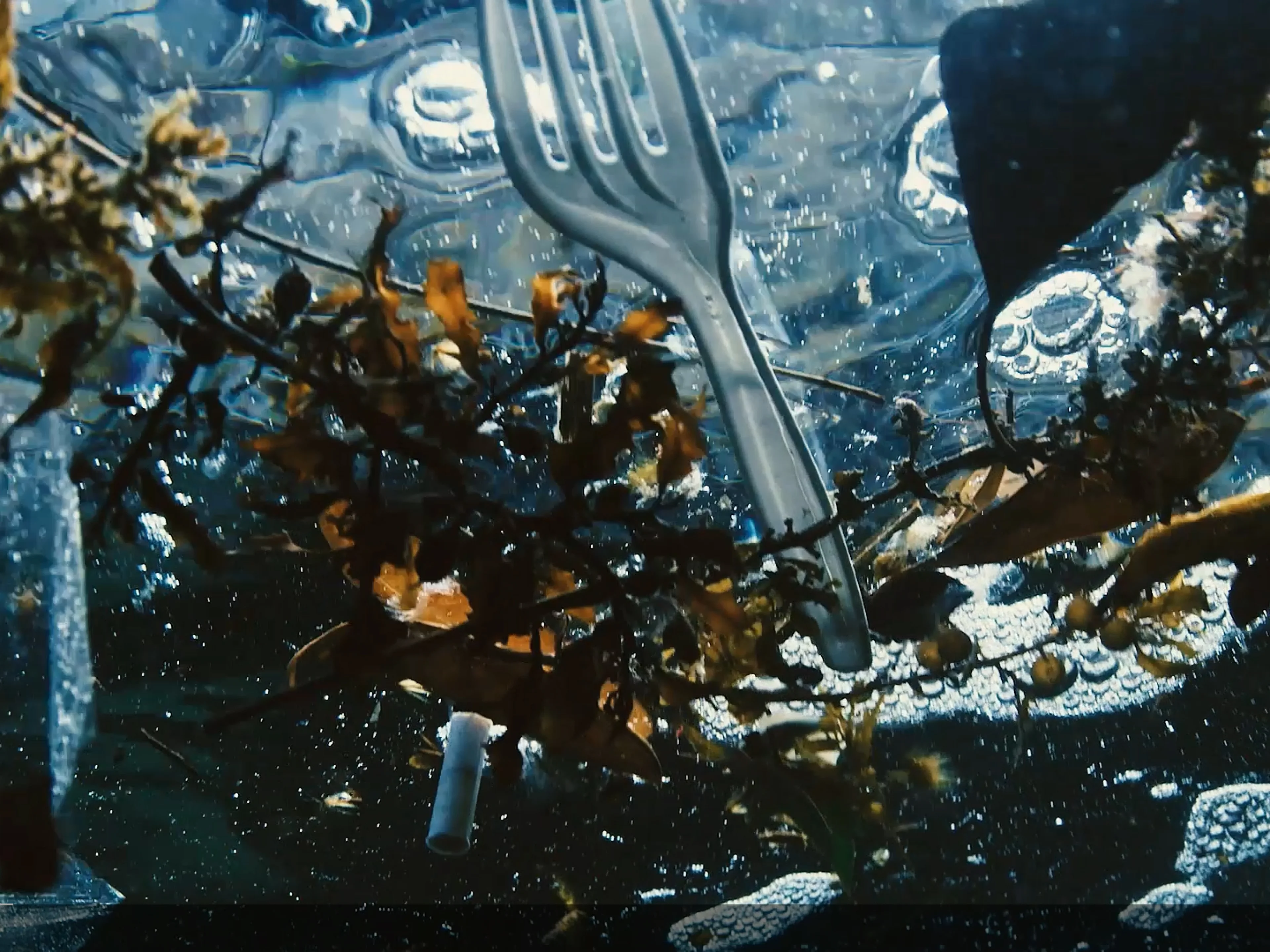
Ocean conservation
Solving an environmental issue of this scale requires modern, divergent thinking. That’s why we partnered with the Sydney Institute of Marine Science and Reef Design Lab to create the Volvo Living Seawall.
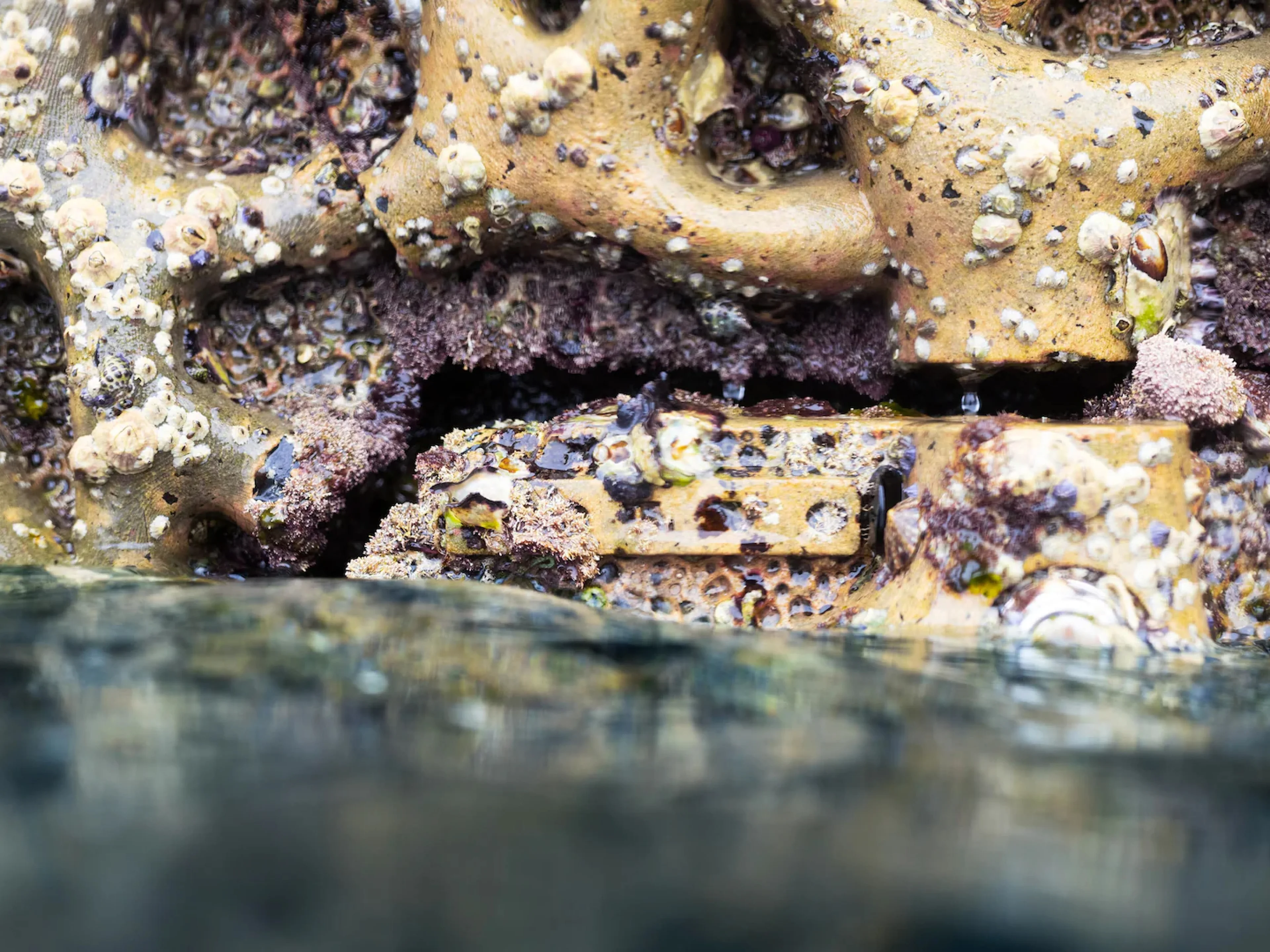
One idea. 91 species.
The living proof that the Living Seawall is working
In just its first few years our long term ocean conservation project has transformed bare seawalls into a flourishing habitat that will help clean our oceans for decades to come.
In Partnership with
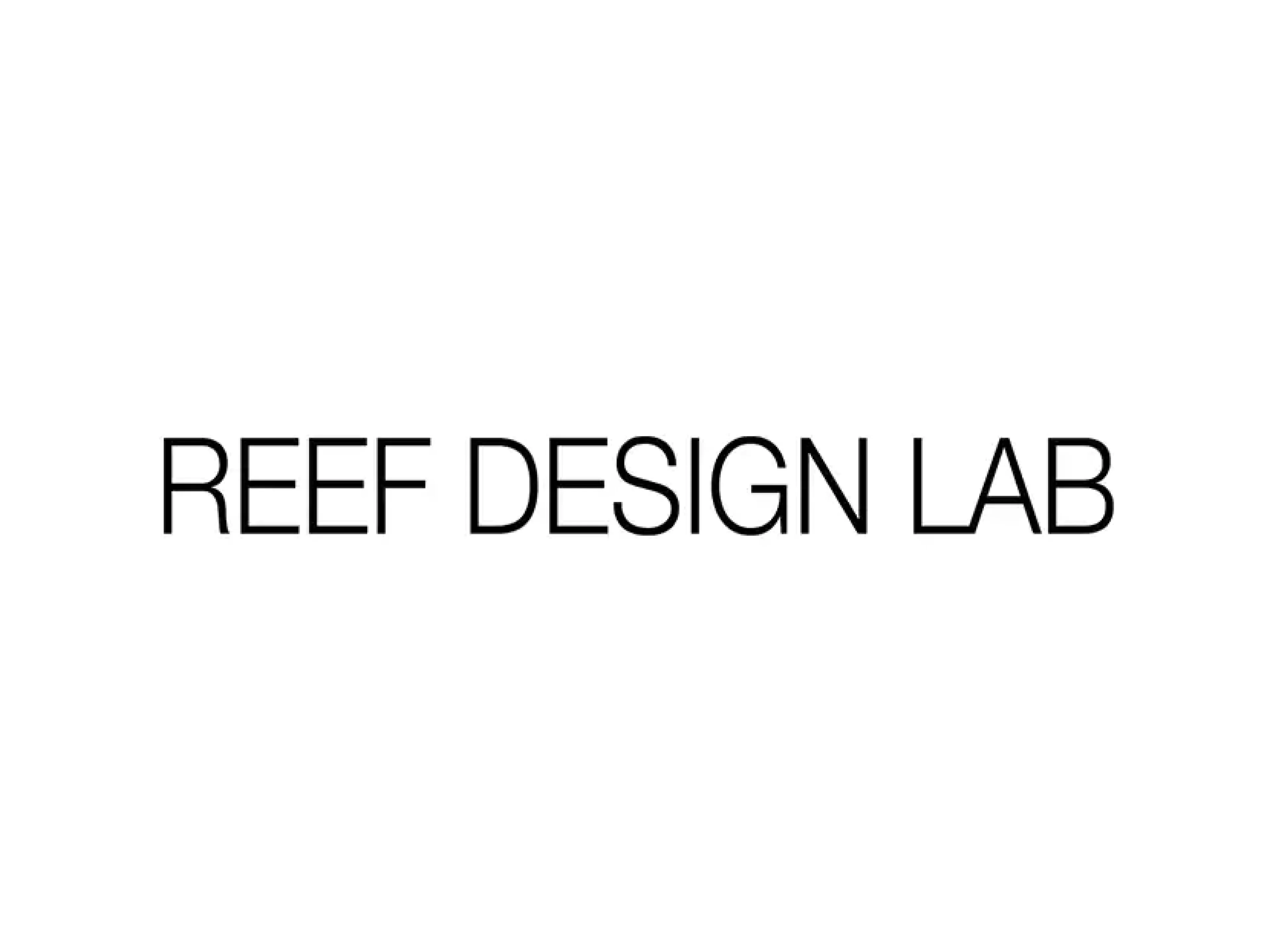
Reef Design Lab

Sydney Institute of Marine Science
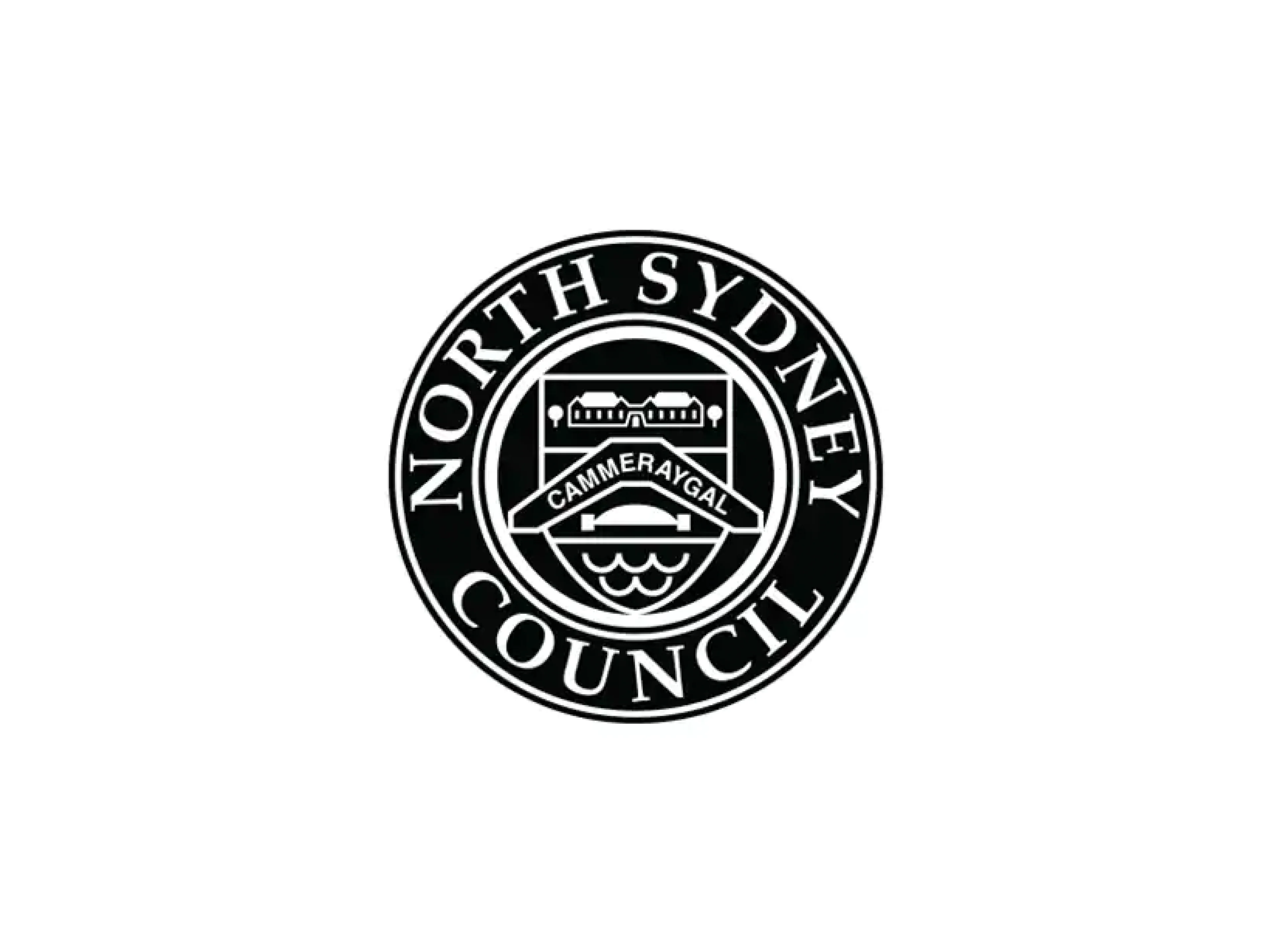
North Sydney Design Council
Why the Living Seawall?
Designed to mimic the root structure of native mangrove trees, the Living Seawall adds complexity to the existing seawall structure and provides a habitat for marine life. This aids biodiversity and attracts filter-feeding organisms that actually absorb and filter out pollutants – such as particulate matter and heavy metals – keeping the water ‘clean’. The more organisms we have, the cleaner the water.
The making of the Living Seawall
Creation
The Living Seawall is made up of 50 tiles designed to mimic the root structure of mangrove trees.
Installation
The tiles are installed along an existing seawall structure in Sydney Harbour.
Habitation
Over time, the filter-feeding organisms colonise the wall. These organisms filter particles and pollutants out of the water.
Continuation
Researchers will monitor the Living Seawall for the next 20 years as it improves biodiversity and water quality.
Where to the find the Volvo Living Seawall
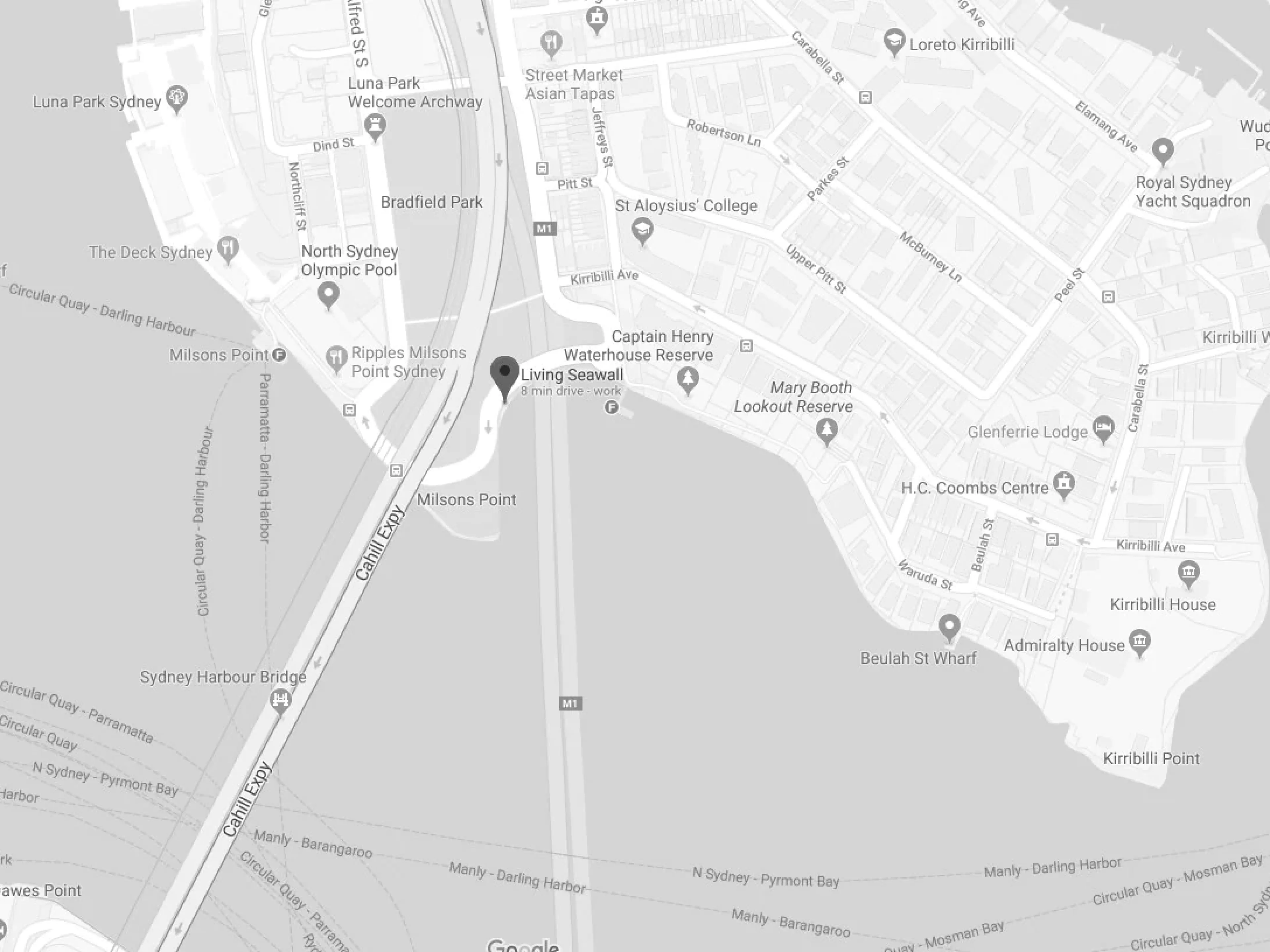
Our commitment to sustainability
There’s a Swedish word, omtanke, that means ‘caring’ and ‘consideration’.
That’s what the Living Seawall is all about.
Volvo is commited to building a sustainable future with projects like the Living Seawall and beach clean-ups, but our sustainability programme doesn’t end there.
By the end of 2019, Volvo Cars will remove single-use plastics from all its offices, canteens and events across the globe. This will replace over 20 million single-use plastics
with sustainable alternatives.
We’ve also commited to electrification, with a goal of putting 1 million electric cars on the road by 2025, and to fostering productive partnerships. Volvo Cars is an active supporter of the UN Environment’s Clean Seas campaign and a founding member of the UN Global Compact.
This radical and divergent style of thinking isn’t just what we do. It’s part of who we are.
Smarter, recoverable cars
The textile interior mats of the XC40 area made from recycled plastic bottles, and we recycle and remanufacture just about all Volvo cars.
Sustainable operations
By 2025, we aim to put 1 million electrified cars on the road and achieve ‘carbon neutral’ manufacturing operations.
*Shown charging equipment sold separately.
